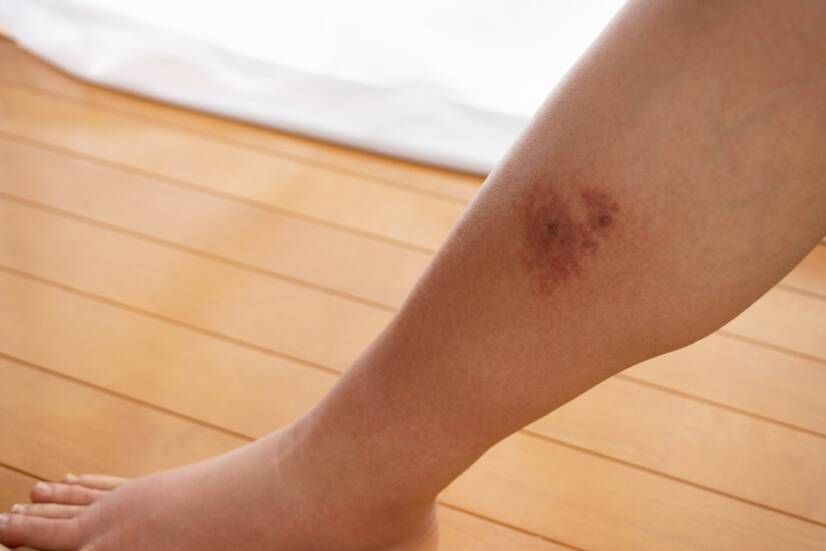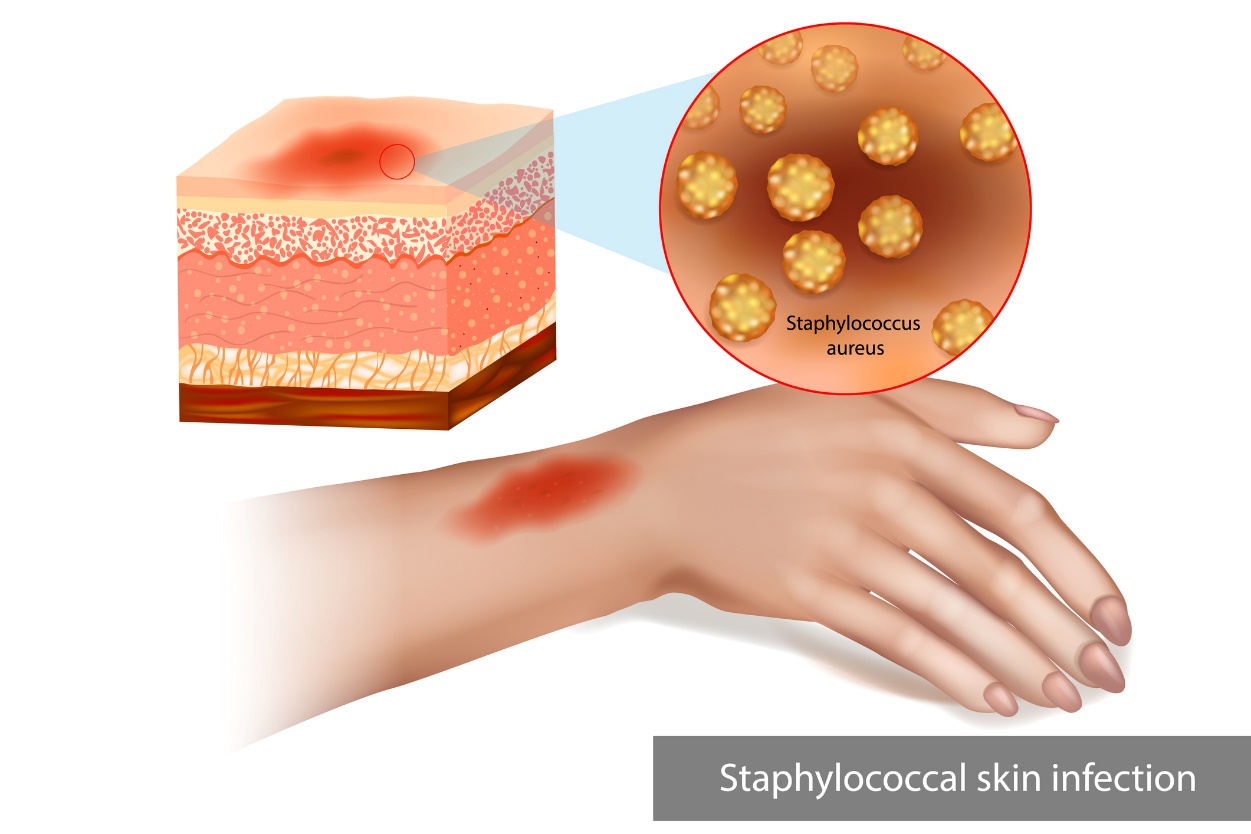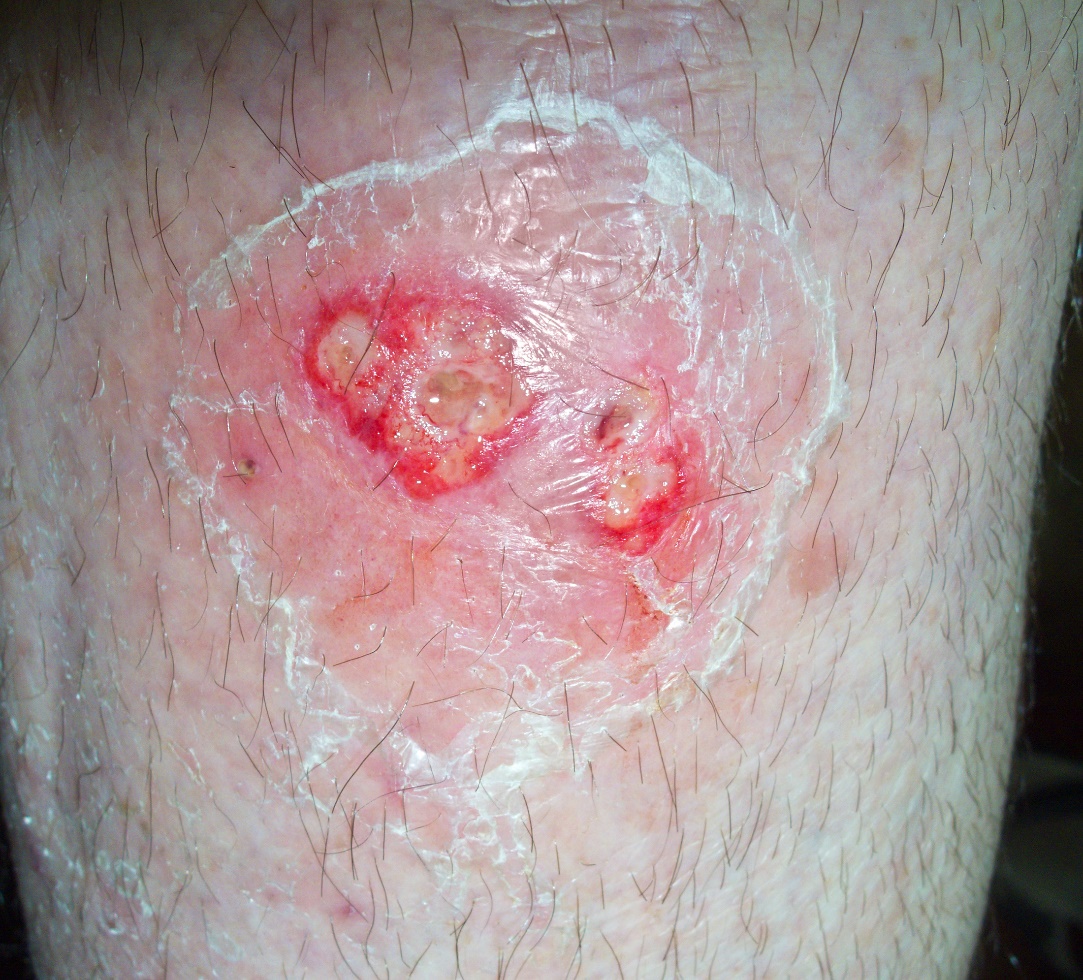- ŠTORK, Jiří. Dermatovenerology. 2nd edition. Prague: Galén, c2013. ISBN 978-80-7262-898-8
- healthline.com - What Is Phlegmon? Healthline. Marjorie Hecht
- sciencedirect.com - Cellulitis. ScienceDirect, Equine Dematology
- solen.sk - The most common skin and mucosal changes in diabetes. Solen. Prof. MUDr. Mária Šimaljaková, PhD.
What is phlegmon: what does it look like, what risks does it have? Symptoms and diagnosis

Phlegmon is an unpleasant infectious disease manifested by inflammatory deposits, especially on the skin of a person. What is the cause of phlegmon, its first symptoms and treatment options?
Most common symptoms
- Malaise
- Sweating
- Headache
- Skin pain
- Painful Lymph Nodes
- Fever
- Increased body temperature
- Wetting of the skin
- Indigestion
- Swelling of the limbs
- The Island
- Fatigue
- Reddened skin
- Winterreise
- Enlarged lymph nodes
Characteristics
It is an aggressive infection caused by the bacteria Staphylococcus aureus or Streptococcus pyogenes. It is manifested by red inflammatory foci on the skin, mainly localised on the lower and upper limbs.
The lower limbs (shins) are most often affected.
The inflammation is unrestricted and may also affect the lymphatic and blood systems. There is also phlegmon of the internal organs.
This disease is also known professionally as cellulitis, but in the minds of the general public this refers to the aesthetic symptom of orange skin and lymphatic system problems.
Often phlegmon is confused with an abscess. However, an abscess is a circumscribed inflammation that produces localized deposits of pus. On the other hand, phlegmon is an uncircumscribed inflammatory process and puncturing the pus is not so easy.
What is inflammation?
Inflammation is the body's defense mechanism in response to some damage or the presence of a pathogenic microorganism.
It is a biochemical process. Its manifestation is pain, redness, swelling, increased local temperature and possibly impaired segmental function.
Causes
Bacteria most often enter the body through the damaged skin covering of an individual (by cuts, scratches, burns, insect bites, etc.).
The disease is transmitted by direct person-to-person contact with an infected person or contact with an infectious contaminated object.
In some cases, the disease is mild, but if the infection penetrates into the lower layers of soft structures and the vasculature, the infection spreads rapidly.
Phlegmon of the skin usually has a relatively early onset and rapid progression. The manifestations of the inflammatory process may begin to develop within a few hours after the infection has entered the body.
People with weak immune systems and inadequate immunity are more prone to develop phlegmonous dermatitis.

Symptoms
Local soreness, tenderness and increased temperature of the surrounding tissue are common. Swelling of the limb may occur. The manifestation is enlargement or swelling of the associated lymph nodes.
As the infection progresses, pus begins to accumulate in the deeper layers of the skin.
The disease is also accompanied by associated symptoms such as increased body temperature, fever, chills, enlargement of lymph nodes, increased fatigue, excessive sweating, lack of appetite, headache and many others.
If treatment is not prescribed, phlegmonous inflammation can spread to the surrounding tissue. It can affect blood or lymph vessels and nerves.
Subsequent complications of untreated phlegmon can include vascular thrombosis, sepsis, lymphangitis, meningitis, inflammation of joint structures and others.
If phlegmon is left untreated, tissue death and gangrene - necrosis of tissue caused by bacterial infection - may occur in the higher stages of the disease.
In the worst cases, amputation of the infected limb is imminent due to gangrene and spread of infection.
The risk of phlegmon is therefore the possible penetration of the infection into the vascular system and internal organs of the body. When the infection invades the organs, pain in the area and impaired organ function are typical.
Phlegmon is a dangerous condition which, if not treated, can lead to blood poisoning.
The most common symptoms of phlegmon are:
- Red inflammatory skin lesions
- Local soreness and tenderness
- Swelling of the limb
- Formation of purulent deposits
- Increased local temperature
- Increased body temperature
- Fever, chills
- Increased fatigue
- Nausea
- Excessive sweating
- Headache

Diagnostics
In addition to the diagnostic procedure by sight and palpation, physical instrumentation such as MRI (magnetic resonance imaging) or CT (computed tomography) may be used to determine the exact extent of inflammation in the patient's tissues.
It is also important to take a blood sample from the patient. In phlegmon, a larger number of white blood cells and CRP (C-reactive protein) are present, indicating the current inflammatory process in the body.
A common diagnostic procedure is to take a sample of secretion from the site of the inflammatory lesion, which is then evaluated in the laboratory. The presence of a specific bacterium in the sample is determined.
Prevention of phlegmon
Prevention against bacterial infections does not exist as such. However, prevention is the elimination of the risk of bacterial entry into the body. In the case of streptococcal/ staphylococcal skin bacteria, this involves the elimination of skin wounds, cuts, burns or insect bites.
In the event of a breach in the skin covering, immediate washing and disinfection of the affected area is necessary. In the event of a major or non-specific injury, a doctor should always be seen.
Another important point for the prevention and easier course of infectious diseases is a strong immune system and the body's defences. The more resistant the lymphatic cells are, the higher the chances of an easier course of the resulting diseases.
A balanced and wholesome diet, protein intake, sufficient physical activity, intake of the necessary vitamins and minerals, adherence to treatment for other possible diagnoses, compliance with hygiene standards and, last but not least, regular preventive check-ups with a doctor are suitable.
How it is treated: Phlegmon
How is phlegmon treated? Drugs, antibiotics, topical and surgical
Show morePhlegmon is treated by
Interesting resources
Related










